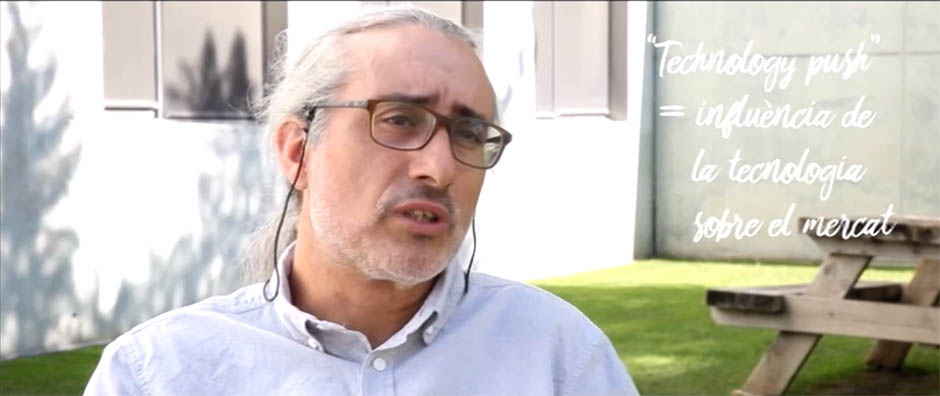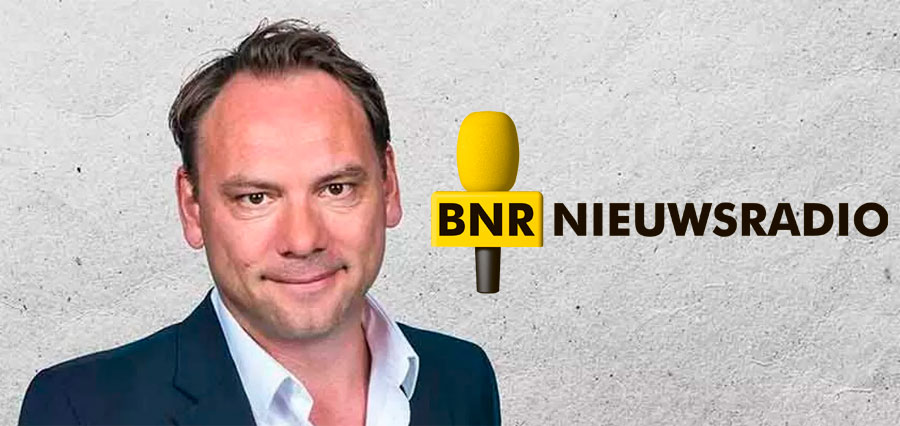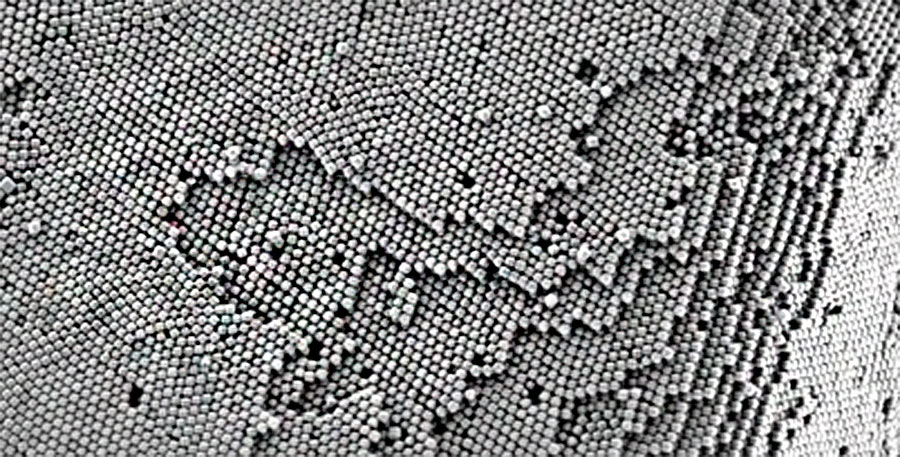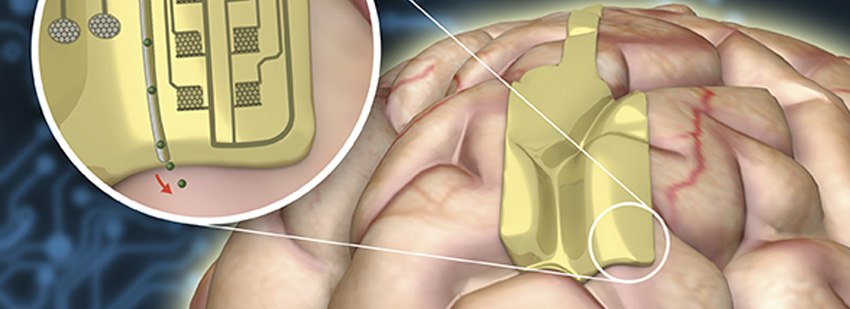Severo Ochoa Programme 2018-2022 Health NEWS
Our Partner:
https://royalreelspokies.live/ - Royal Reels Australia. Казино Вавада открывает доступ к игровой платформе через официальный сайт Vavada. Быстрая регистрация в
Вавада казино, щедрые бонусы и регулярные турниры с призовым фондом!
Tuesday, 18 December 2018
The second such overview by Prof. Eden Morales-Narváez and ICREA Prof. Arben Merkoçi for Advanced Materials, this update presents the new challenges and opportunities facing researchers in this exciting field.
Monday, 26 November 2018
Researchers from CSIC, ICN2 and CIBER-BBN have designed a biosensor device based on gold nanostructures that precisely detects the presence of anticoagulant drug from a small blood sample. Treatments with anticoagulants such as Sintrom® (acenocoumarol) face the difficulty of adjusting the drug doses. This device will allow patients to self-regulate the dose.
Friday, 02 November 2018
Work by the ICN2 Supramolecular NanoChemistry and Materials Group to widen the pores in metal-organic frameworks (MOFs) has been featured in the American Chemical Society's Chemical & Engineering News magazine.
Tuesday, 30 October 2018
Jordi Reverter speaks about success stories involving technologies developed at the ICN2 and encourages local companies to contact the ICN2 Business and Innovation team.
Wednesday, 27 June 2018
Graphene 2018 is being held in Dresden (Germany) from 26 to 29 June 2018. ICN2 is there once again with organisational, institutional and scientific efforts to share the latest advances in graphene research. Drop by the ICN2 booth to learn about brain implants to restore speech or nanoporous graphene, among other breakthroughs.
Monday, 25 June 2018
Two ICN2 Groups co-author a recent work published in Journal of Materials Chemistry A. Blanca Chocarro is the first author of a work presenting an optical CO2 sensor fabricated by integration of a self-assembled, transparent film of zeolitic imidazolate framework-8 (ZIF-8) nanoparticles onto bimodal optical waveguides.
Wednesday, 06 June 2018
Daniel Quesada-González and group leader ICREA Prof. Arben Merkoçi are the authors of this comprehensive and accessible review of nanomaterials for point-of-care diagnostics. Published in Chemical Society Reviews, it runs through the pros and cons of their application in different device types.
Friday, 01 June 2018
Last month ICN2 researchers and colleagues at CiQUS and DIPC presented a new holey graphene grown with identical pores in precise positions. Of major significance in graphene research, their paper "Bottom-up synthesis of multifunctional nanoporous graphene" (Science, 360) has received considerable international attention.
Thursday, 15 March 2018
The BNR radio station based in Amsterdam interviewed ICREA Prof. Jose A. Garrido to learn about the research on brain implants he leads at the ICN2 and in the context of European H2020 project BrainCom.
Wednesday, 14 March 2018
Graphene-based brain implants developed under the H2020 BrainCom project led by the ICN2 were showcased last month at the Mobile World Congress. Since then the technology has received considerable attention from regional media, including this article in La Vanguardia.
Tuesday, 13 February 2018
Researchers of the ICN2 Nanobioelectronics and Biosensors Group led by Prof. Arben Merkoçi have devised a simple manufacturing method for versatile graphene oxide-based micromotors. Requiring no specialist equipment, it can be used to produce a range of micromotors that can be further tuned for different purposes. Luis Baptista-Pires explains the process in the paper published in Small.
Monday, 05 February 2018
The finding that bone is flexoelectric and plays a role in the bone-repair process has garnered significant interest in regional and national media. Here we leave you with the video clip broadcast by TV3, Catalonia's public television channel.
Friday, 02 February 2018
Last month ICN2 researchers revealed how a physical phenomenon at the nanoscale, flexoelectricity, stimulates the biological process of bone self-repair. Their paper, "Flexoelectricity in Bones", was published in Advanced Materials on 19 January. Helped along by an ICN2 press conference held in Barcelona, it has since drawn considerable attention from the media.
Friday, 19 January 2018
Researchers of the ICN2 Oxide Nanophysics Group led by ICREA Prof. Gustau Catalan have resolved one of the great unknowns in bone remodelling: how the cells responsible for forming new bone tissue are called into action. Their work reveals the possible role of an electromechanical phenomenon at the nanoscale, flexoelectricity, not only in stimulating the cell response, but in precisely guiding it throughout the fracture repair process.
Monday, 06 November 2017
The awarded poster was titled “Novel photonic nanosensor integrating MOFs as specific receptors for gas sensing”, a shared effort involving the ICN2 NanoBiosensors and Bioanalytical Applications Group and the ICN2 Supramolecular NanoChemistry and Materials Group.
Tuesday, 24 October 2017
Researchers from the Catalan Institute of Nanoscience and Nanotechnology (ICN2) and the Institute of Materials Science of Madrid (ICMM-CSIC) have formed highly-porous metal-organic framework particles that spontaneously assemble into well-ordered 3D superstructures that present photonic crystal properties. Published in Nature Chemistry, their discoveries are expected to find applications in the design of novel photonic materials for sensing applications, among others.
Tuesday, 10 October 2017
ICN2 group leader ICREA Prof. Jose Antonio Garrido and fellow Graphene Flagship programme coordinator, Prof. Kostas Kostarelos of the University of Manchester, were invited by Advanced Materials to present their vision of the role of graphene in the design of advanced brain-computer interfaces. Published earlier this month, the work entitled “Graphene in the design and engineering of next-generation neural interfaces” outlines the current state-of-the-art in this field, along with the ways graphene is allowing us to overcome some of the obstacles to fully realising the next generation of neural interfaces.
Thursday, 08 June 2017
A new paper from the ICN2 Nanobiosensors and Bioanalytical Applications Group led by Prof. Laura M. Lechuga is published in Scientific Reports. In it lead author César S. Huertas reports on the methodology developed by the group to detect isoforms with relevance for tumour progression and reversal.
Wednesday, 26 April 2017
Researchers from the Nanobioelectronics and Biosensors Group at the ICN2 have published details of their new biosensor system in Scientific Reports by Nature. Paper embedded with a graphene structure is used together with a 3D-printable mini “darkroom” and smartphone technology to screen for different compounds found in food and environmental samples. The innovative system provides a low-cost portable alternative to lab testing for qualitative and quantitative pollutant detection and monitoring.
Friday, 16 December 2016
Biosensing is growing on importance. Nanomaterials and, more specifically, graphene-based platforms have excellent properties for biosensing. In addition, flexible, abundant, low-cost and green materials, such as plastic and paper, can enhance this technology. Graphene-based biosensors will lead to breakthrough solutions for the real world, although their commercialization will imply diverse technical, production and market issues.





















